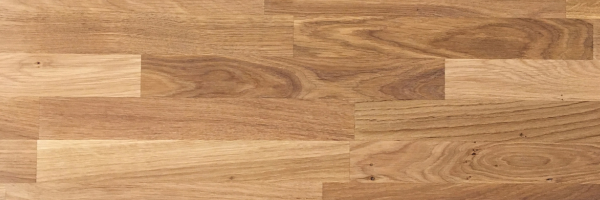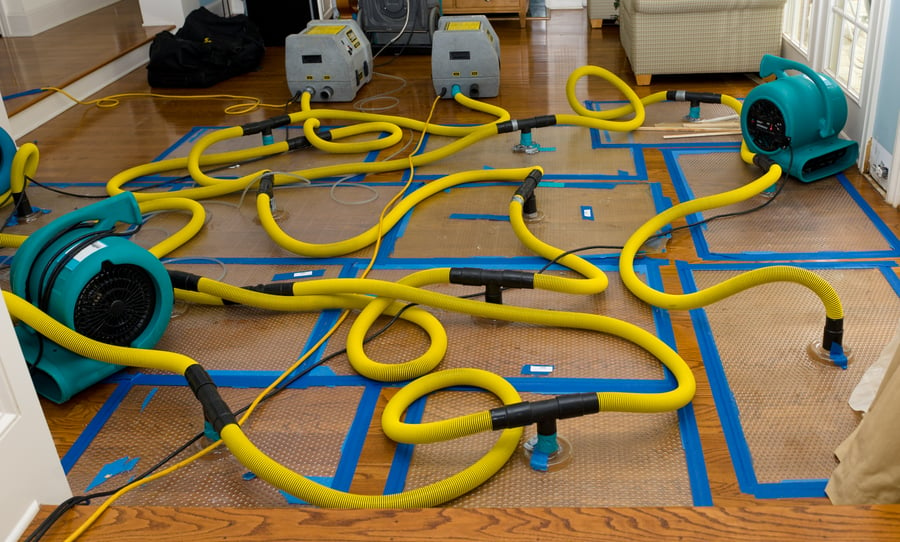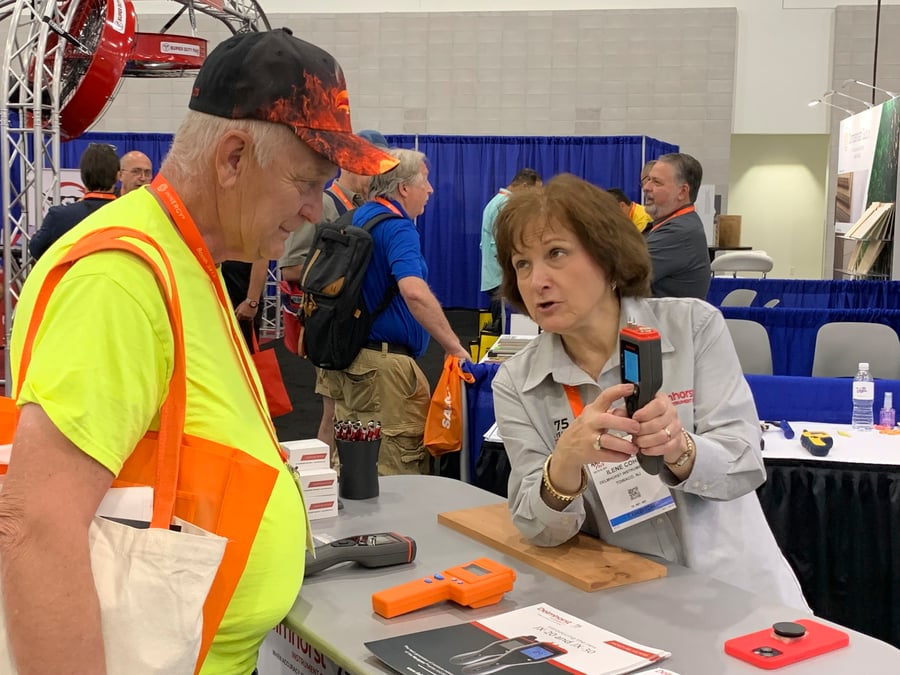Why Flooring Installers and Inspectors Use Moisture Meters for Wood

Wood floors are highly valued by today's homeowners and buyers. As a natural accent, they add ageless beauty to virtually any decor style. To preserve that look over time, it's critically important to install the flooring correctly. Installation errors of any size or type can lead to warped, cracked, or bowed floors, which are both unattractive and a potential safety hazard. In many cases, moisture causes the wood floors to fail, and to control that concern both during installation and over the life of the floor, flooring installers and inspectors rely on Delmhorst moisture meters to track the precise moisture content (MC) of the resource they're handling.
Why Wood Floors Fail
Selecting hardwood for flooring is usually a 'long game' choice. Well installed and properly maintained hardwood flooring can last 30 to 100 years, give or take a few due to environment, usage, etc. Inappropriate moisture levels in the wood itself, or an environment with naturally high or low ambient moisture content, will adversely affect the installation's quality and negatively impact the floor's durability. Being alert to these concerns during the installation process can reduce or eliminate the chance that your new floor won't last its entire expected lifetime.
Too much moisture
Excess moisture within the boards before and during installation can cause both the individual board and the entire floor to fail:
- They can cup, which happens when the edges of each board curl up due to a high moisture content.
- Or they can crown, which is the opposite of cupping – the edges curl downward from the center of the board.
- Buckling occurs when heat causes expansion in wood that's too wet. In warmer temperatures, swollen boards can rise up from the subfloor and then shrink back down again when the temperature drops.
- Finish issues can arise, too, if the underlying material is too moist or its %MC is inconsistent.
Too little moisture
- Insufficient %MC can cause gaps to develop between floorboards or can cause the boards themselves to crack and split.
- Sometimes hardwood flooring that's too dry can be noisy to walk on, which interrupts its user's enjoyment.
- Loose boards can also create tripping and slipping hazards.
Assessing and assuring appropriate moisture levels throughout the hardwood stock prior to installation is the best way to avoid any or all of these failure types.
Retaining Value Requires Vigilance
Monitoring the %MC of the flooring before, during, and after installation will assure the flooring professional and the floor owner that the hardwood is adequately conditioned for optimal usage. For this purpose, many installers and inspectors use several types of moisture meters to accurately and comprehensively measure moisture levels throughout the process. Both wood moisture meters and thermo-hygrometers are helpful in these applications because they can capture data from every relevant element of the installation site to alert workers to potential problems.
Wood is inherently hygroscopic. It absorbs the ambient moisture – the relative humidity (RH) – in the air around it and sweats it out when it's excessive. Eventually, it will achieve an 'equilibrium moisture content' (EMC) that matches its environment. The thermo-hygrometer measures the RH of the environment while the wood moisture meter measures the %MC in the wood itself. These tools together facilitate accurate and appropriate moisture measurement guidelines for the wood species used in that location.
You'll want to take more than one measurement, too. Adverse %MC levels can occur in different locations at the same site and even at varying points in the same piece of flooring. According to the National Wood Flooring Association, two best practices should be followed when assessing when the time is right to install your new wood floor:
- Measure the area of the subfloor you are covering. Installers should take at least 20 MC readings for every 1000 sq.ft. of subfloor.
- Also measure the total sq. ft. of installed floor. For every 1,000 sq. ft. of flooring, at least 40 individual boards should be checked.
Delmhorst's Navigator™ Series: Designed for Success
Delmhorst designed its moisture meters for wood specifically to address the conditions that are typically present in a wood floor application. The company's recent addition of its exciting EDGE™ app to the Navigator™ series of meters accents the already stellar performance those devices offer. Bluetooth® connectivity in the device feeds %MC data to the app as it generates, then transmits that information wherever needed. The app also records timestamps and geotags for each measurement and can export that data to .csv-formatted documents. Additionally, they are programmable for customized LED ranges based on your needs and those of your project. Plus, the meters can save unlimited readings, so you can easily track the progress of MC levels over the course of the job.
- For flooring installers (or anyone working with wood or lumber), Delmhorst's JX-30 is the Navigator™ device of choice. The instrument measures the %MC of 74 wood species with access to data for 123 more through the EDGE™ app. Its comfortable E-Z grip handle and easy-to-read back-lit display make it user-friendly regardless of where it's deployed.
- For building contractors, restoration techs, and inspectors (those who check more than just flooring), Delmhorst's BDX-30 meter offers similar services with equally high quality assurance capabilities. Three packages with specialized electrodes accommodate most construction projects:
- the P01 for 'behind the wall' capacities,
- the P02 for wood flooring projects,
- the P03 for contractors tracking exterior insulation and finish systems
- The HTX-30 rounds out Delmhorst’s EDGE™ app-enabled devices for flooring installers, restoration techs, building contractors, and inspectors. It measures temperature and relative humidity, and calculates GPP, dew point, and vapor pressure – all vital measurements for flooring and building projects.
Delmhorst's Navigator™ series of meters offers %MC control for a range of industries and uses. The industry leader designed its moisture meters to give woodworking and inspection professionals the tools needed to determine precisely where moisture concerns might be present so they can address them before they become problems. Further, the company's EDGE™ app brings advanced technology to moisture control, assuring users that their completed projects – including their new flooring project – will retain the quality and useability they expect for years to come.
Building inspectors will want to read our next article, which discusses the top five moisture meters for that industry. If you're about to start a new wood flooring project, call us today for more information on meters specifically for wood or wood floors.
Subscribe to Our Blog
Post Related

How Moisture Meter Technology Benefits the Water Damage Restoration Industry


